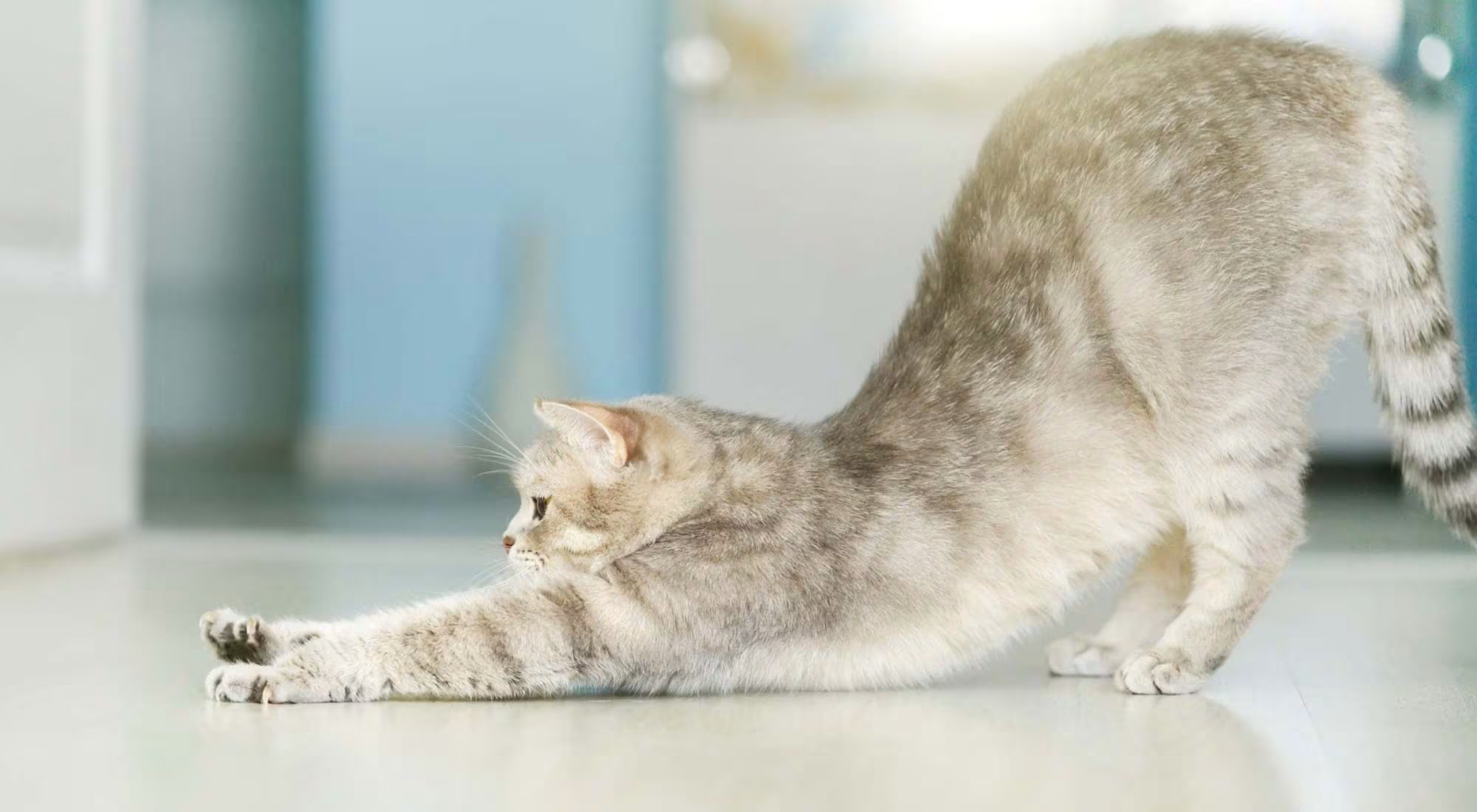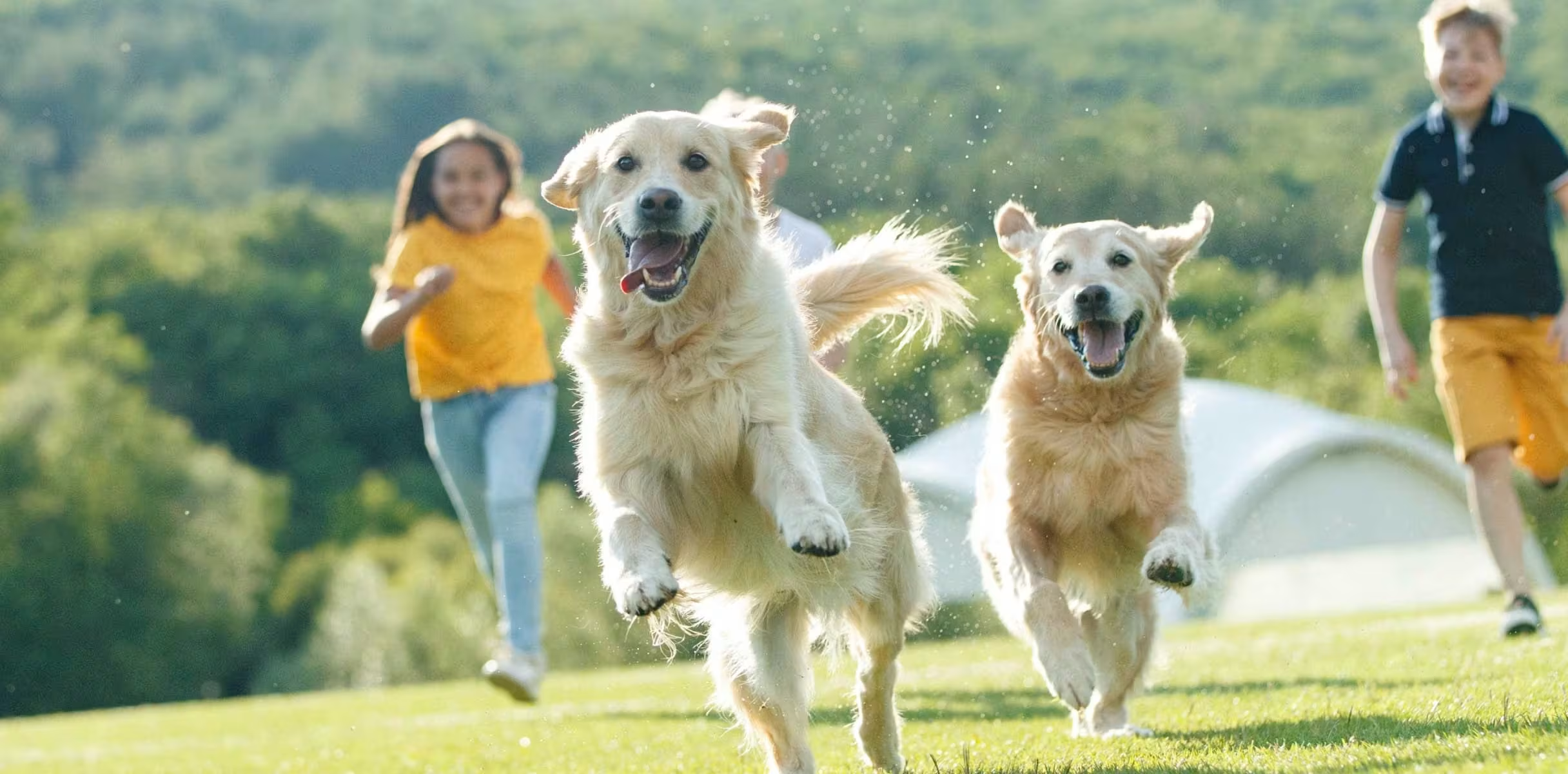For animals, a little extra body weight can actually be a big deal. An overweight pet may have to contend with orthopaedic problems, chronic inflammation, or diabetes.
Indeed, your pet’s weight is one of the key indicators of their overall health. So it’s important to address any weight challenge they experience to keep them healthy and comfortable.
Here’s some vet-approved advice for how to get them in peak physical form and keep them there.
A weighty matter
It’s unlikely that an immediate health issue will arise for dogs and cats that are slightly overweight, but over time that extra fat can have an impact on your pet’s health.
“It's a little extra weight on the joints,” says veterinarian Dr. Garrett Schuilenberg. “And it alters their metabolism. They've got more fat cells and fat deposits in their body that are going to change the way that they use energy. That might not pose an immediate risk, but that issue can get worse as metabolism slows.”
Dr. Schuilenberg notes that obesity is linked to a lot of different health issues in pets. “I think the big one that comes to mind is orthopaedic issues. We worry about increased risk of arthritis in the joints, in the back, and things like that. For different breeds — and longer dogs such as Corgis and Dachshunds — more weight means they're going to be more prone to back issues like slipped discs.”
Another obesity-related concern is the increased risk of inflammatory issues in the heart or brain. For cats, the central concern is that they will develop diabetes. “Diabetes is not at all fun to manage in a pet,” Dr. Schuilenberg says.
What a healthy weight looks like
How can you tell if your pet is carrying extra weight? To begin with, you can search online for visual representations of what their body shape should look like.
You should see this hourglass shape when you look down on them from above, says Dr. Schuilenberg. “It kind of helps to visualize a little bit.”
But because a healthy weight and body shape will vary by breed and type of pet, the best person to determine if your pet is in their best shape is your vet. “We use body condition scoring,” Dr. Schuilenberg explains.
“We scale them, either one to five, or one to nine depending on what scale we're using. From there, those help to quantify things and we can set up a plan as to how many calories or how much weight we need to lose, and how many calories a pet needs to eat per day to get them down to that goal weight.”
Feeding and exercise for weight loss
For pets, weight loss needs to happen slowly. “You can't just say, ‘Okay, we're going to give you half the food that you're eating before’ because you could run into a lot of issues that way,” Dr. Schuilenberg explains.
Like any other health issue your pet might have, talking to your vet should be your first step. “In some cases we're fine to use a regular commercial pet store weight-loss food,” says Dr. Schuilenberg. “But in some cases, we're going to want to be a little bit more prescriptive and use a veterinary weight-loss diet because those have different benefits.”
Commercial brand foods generally will have lower caloric content, while vet-prescribed foods can contain nutraceuticals that work with your pet’s metabolism to encourage weight loss.
Exercise, of course, should be a part of any weight loss or weight maintenance program for pets. Look for ways to increase your pet’s activity levels — especially ones that appeal to their preferences.
For a cat who loves climbing, it can encourage more movement. And for dogs that love long walks, doubling up on their daily outings by adding an extra evening stroll to their regular routine will be good for them (and you).
Don’t forget small pets either. We stock items ranging from hamster balls to rabbit harnesses to play pens to ensure that every animal stays healthy and happy.













































